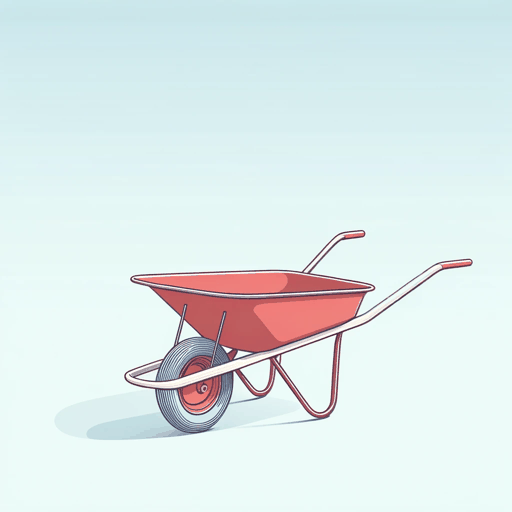16 pages • 32 minutes read
William Carlos WilliamsThe Red Wheelbarrow
Fiction | Poem | Adult | Published in 1923A modern alternative to SparkNotes and CliffsNotes, SuperSummary offers high-quality Study Guides with detailed chapter summaries and analysis of major themes, characters, and more.
Themes
The Reach of the Unleashed Imagination
In an era in which serious poetry seemed an expression of the intellect and geared toward eliciting robust and animated discussion, Williams’ poem suggests the power not of the intellect but of the imagination—the subtler energy each person has to respond at unexpected moments to the simple beauties all around.
The poem, in its simplicity and its directness, is an invitation to stay alert for those unexpected moments when a random gathering of things becomes miraculous for one moment. The poem resists the notion that things must mean something, teach a lesson, or serve as backdrop for an important human interaction. Things in literature are typically compelled to act, to exert some force, and to add the texture of verisimilitude; things typically carry the weight of symbolism or create immediacy by creating a context. Thus, it is tempting here to assume that the things in Williams’ poem must symbolize something deeper; for example, the wheelbarrow might symbolize a farm; the white might symbolize innocence; the chickens might symbolize life; and the rain water might symbolize baptism—the next step would be to assemble these interpretative bits into a broad thematic argument.
Related Titles
By William Carlos Williams

Approach of Winter
William Carlos Williams

Between Walls
William Carlos Williams

In the American Grain
William Carlos Williams
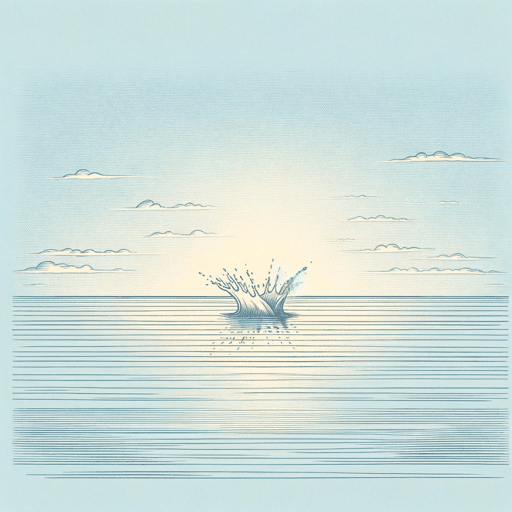
Landscape with the Fall of Icarus
William Carlos Williams
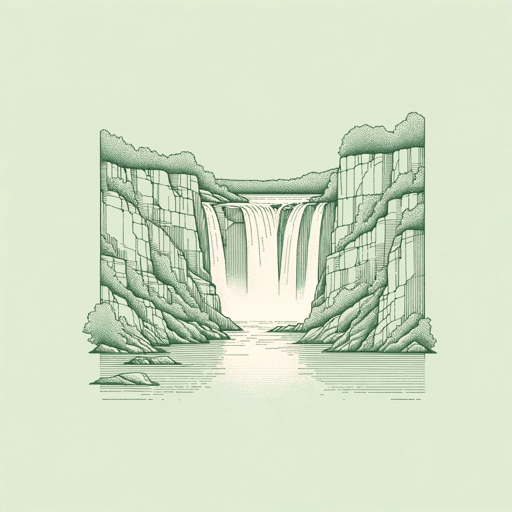
Paterson
William Carlos Williams

Spring and All
William Carlos Williams

Spring Storm
William Carlos Williams

The Young Housewife
William Carlos Williams
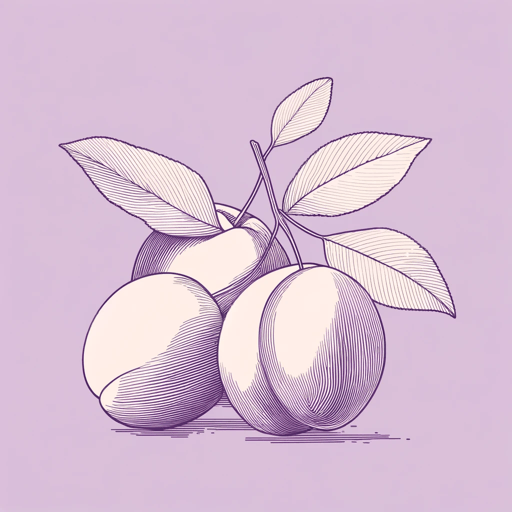
This Is Just to Say
William Carlos Williams
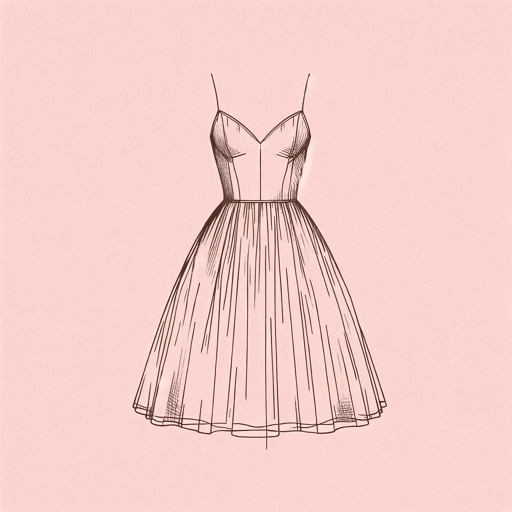
To Elsie
William Carlos Williams
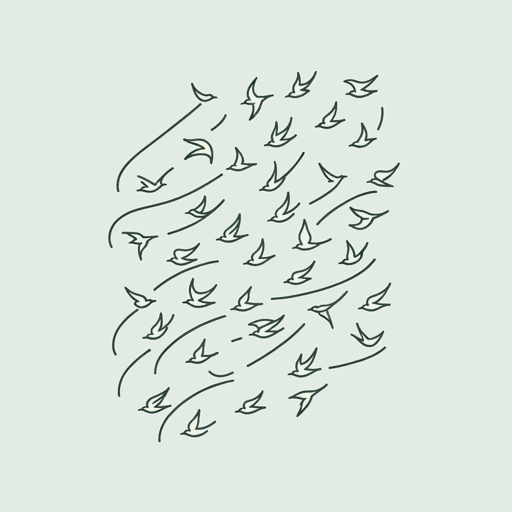
To Waken An Old Lady
William Carlos Williams
